intro to radiography final exam
1/86
There's no tags or description
Looks like no tags are added yet.
Name | Mastery | Learn | Test | Matching | Spaced |
|---|
No study sessions yet.
87 Terms
a dietician
develops nutrition plans to improve health
an occupational therapist helps patients by
teaching patients how to perform daily activities independently
a social worker
assisting patients with financial, emotional, and social support
speech-language pathologist
specializes in diagnosing and treating communication and swallowing disorders.
physical therapist
recovers patients from injuries or surgeries through movement therapy
the main role of a pharmacist
prepares and dispenses medications
physician
is a medical professional who diagnoses and treats illnesses, provides preventive care, and manages patient health.
respiratory therapist
works with patients who have breathing difficulties and lung diseases
medical laboratory scientist
diagnoses conditions by analyzing blood and tissue samples
registered nurse (RN)
administers medications and coordinates patient care
flouroscopy
A medical imaging technique that uses X-ray beams to obtain real-time moving images inside the body of a patient; allows healthcare providers to visualize moving processes such as swallowing, blood flow, and movement through the digestive tract
computed tomography
a medical imaging method that uses X-ray equipment to create detailed cross-sectional images of the body. It combines multiple X-ray images taken from different angles and processes them using computer algorithms.

providing patient care and communication
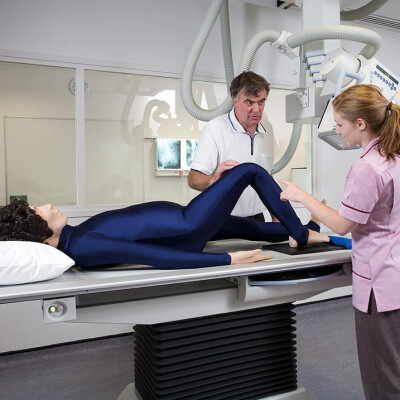
proper patient positioning
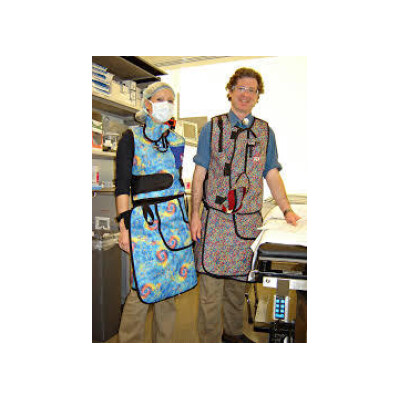
using radiation protection measures
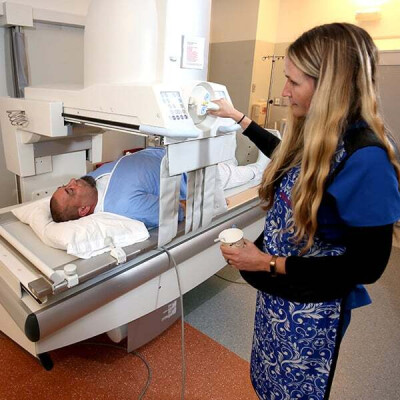
operating imaging equipment safely and effectively

following safety protocols and quality control measures
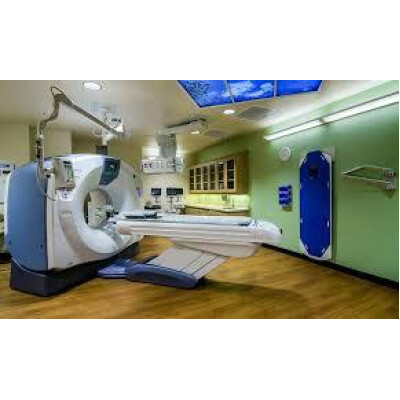
CT scanner
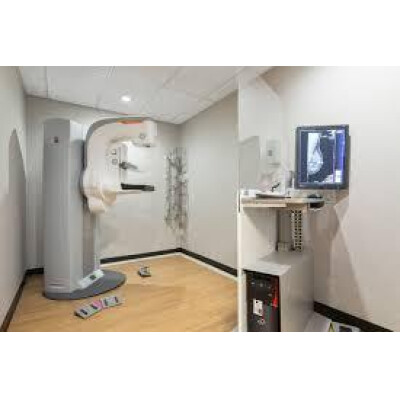
mammography
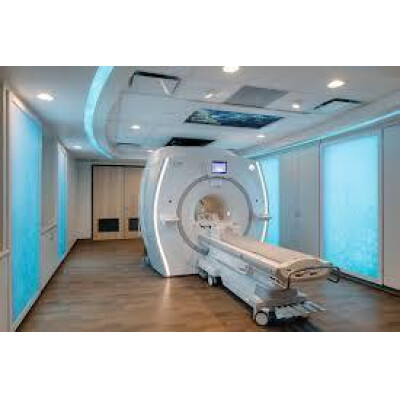
MRI suite
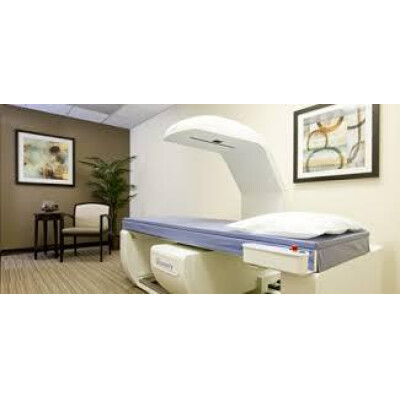
bone densitometry
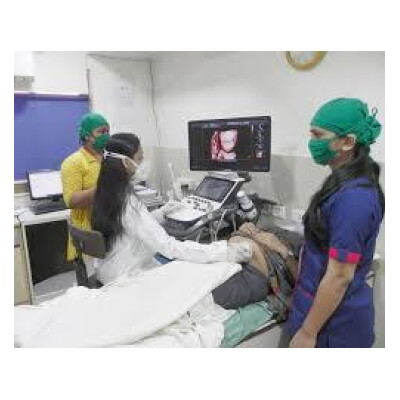
diagnostic medical sonography
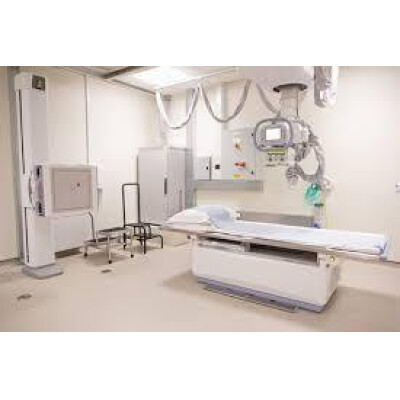
radiography
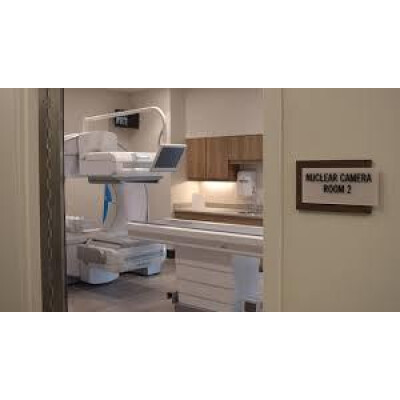
nuclear medicine
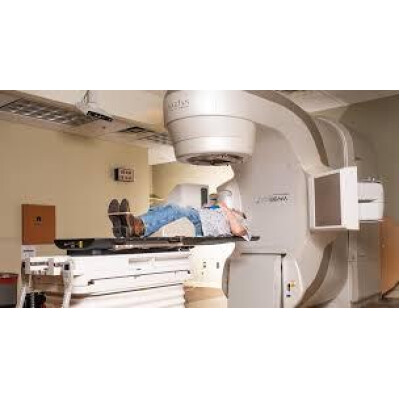
radiation therapy
which healthcare setting is the most common workplace for radiologic technologists, providing imaging services for emergency and impatient care?
acute care hospital
a freestanding imaging center that performs x-rays, CT scans, MRIs, and ultrasounds without requiring hospital admission is known as
an outpatient imaging facility
what type of radiography setting provides mobile imaging services to nursing homes, homebound patients, or rural areas?
mobile imaging unit
radiologic technologists working in an emergency department must be prepared to perform imaging studies on:
trauma and critically ill patients
Which healthcare setting offers imaging services specifically for sports injuries and musculoskeletal conditions?
orthopedic clinic
what type of radiology setting focuses on using fluoroscopy and image-guided procedures for minimally invasive treatments?
interventional radiology suite
a radiation oncology center specializes in:
using radiation therapy to treat cancer
what is the primary purpose of a healthcare organization’s mission statement?
to define the organization’s purpose and commitment to patient care
a well-written mission statement in healthcare should include which of the follow?
the organization’s values, purpose, and approach to patient care
what is the primary role of the hospital administrators in relation to radiology services?
ensuring compliance with regulations, budgeting, and resource management
why is communication between hospital administrators and the radiology department important?
to ensure the imaging services align with institutional policies and financial planning
why is interdepartmental collaboration important in a healthcare institution?
to ensure efficient patient care and streamline operations
which department is responsible for managing patient records, including radiology reports, lab results, and physician notes?
health information management (HIM)
who is primarily responsible for performing imaging procedures in the radiology department?
radiologic technologist
which radiology personnel is responsible for overseeing daily department operations and ensuring quality control?
radiology supervisor or chief technologist
who is responsible for ensuring patient safety during imaging procedures?
all personnel in the radiology department
who is responsible for managing radiology department staffing, budgeting, and compliance with regulations?
radiology administrator or manager
what type of imaging services is commonly used for pregnant patients to monitor fetal development?
ultrasound
which radiology service is used to detect blockages or abnormalities in blood vessels?
angiography
which imaging service uses magnetic fields and radio waves to create detailed images of soft tissue?
MRI
what is the main purpose of accreditation in education?
to ensure quality and standards in educational institutions and programs
what is the primary difference between institutional and programmatic accreditation?
institutional accreditation (entire school), programmatic accreditation (specific program)
why is programmatic accreditation important for students in specialized fields like radiology or nursing?
it ensures that the program meets industry standards and prepares students for certification exams
which of the following is a potential career advancement opportunity for a radiologic technologist?
all (clinical instructor, radiology department manager, MRI, or CT technologist)
which organization offers certification exams that can help radiographers advance their careers?
American Registry of Radiologic Technologists (ARRT)
what is one advantage of obtaining advanced modality certifications, such as CT or MRI?
increased job opportunities and higher salary potential
how can a radiographer transition into healthcare administration?
by obtaining experience in leadership roles within radiology departments, pursuing a degree in healthcare administration, or earning certifications in management and leadership
what is the primary purpose of profession organizations in radiologic technology?
to provide networking opportunities and continuing education for radiologic technologists
why is continuing education important for radiologic technologists in relation to patient care and professional growth?
continuing education ensures technologists stay updated on advancements, improving patient care and enhancing professional development.
why is it important for radiologic technology students to understand and follow program policies?
adhering to policies ensures consistency, safety, and professionalism in both clinical practice and academic environments
how do preventative and holistic health care approaches benefit patients in radiologic technology?
both approaches emphasize early detection, overall well-being, and patient-centered care
What is not a primary function of profession organizations in radiologic technology?
accrediting educational programs for radiologic technologists
which of the following correctly matches a radiologic technology organization with its scope of influence?
National- ARRT
which of the following best describes the primary purpose of radiation protection in radiologic technology?
to minimize radiation exposure to patients and personnel while maintaining image quality
which of the following statements about personnel radiation monitor devices is correct?
required for individuals likely to receive 10 % or more of the annual occupational dose limit
which of the following is an important age-specific consideration when performing radiographic procedures on pediatric patients?
using immobilization techniques only when necessary to reduce motion
which of the following is an important consideration when performing radiographic procedures on geriatric patients?
providing clear instructions and allowing extra time for movement
which imaging modality typically delivers the highest radiation dose to patients?
Computed Tomography (CT)
Which of the following correctly matches the type of radiation used with its respective imaging modality?
gamma rays- nuclear medicine
which of the following patient preparation steps is most critical before an x-ray?
removing all metallic objects
which of the following is a contraindication for performing an MRI scan?
presence of a pacemaker
which organization is responsible for certifying radiologic technologists in the United States?
American Registry of Radiologic Technologists (ARRT)
what is the minimum educational requirement to become a registered radiologic technologist (R.T.) in the United States?
completion of an accredited radiologic technology program and an ARRT certification exam
What does the American Society of Radiologic Technologists (ASRT) do?
the largest professional organization that advocates for the radiologic technology profession and provides education, resources, and support to radiologic technologists.
What does the Joint Review Committee on Education in Radiologic Technology (JRCERT) do?
It accredits educational programs in radiologic technology to ensure quality and compliance with standards.
What does the Arkansas Society of Radiologic Technologists (ArSRT) do?
it serves as a professional organization that promotes the radiologic technology profession in Arkansas, offering education, advocacy, and support for radiologic technologists; a state affiliate.
Bone densitometry (BD)
a medical imaging technique that measures bone mineral density for assessing osteoporosis and fracture risk.
cardiac intervention radiography (CI)
a branch of radiography that focuses on imaging techniques used during cardiac procedures, such as angioplasty or stent placement, to visualize blood vessels and heart structures.
diagnostic medical sonography
a non-invasive imaging technique that uses high-frequency sound waves to produce images of organs, tissues, and blood flow within the body.
echocardiography
a diagnostic ultrasound technique that uses sound waves to create images of the heart, allowing for evaluation of its structure and function.
mammography
a specific type of breast imaging that uses low-dose X-rays to detect abnormalities in breast tissue, often used for early detection of breast cancer.
nuclear medicine technology
a medical specialty that involves using small amounts of radioactive materials to diagnose and treat diseases, providing images and information about the function of organs.
positron emission tomography (PET)
a diagnostic imaging technique that uses radioactive substances to visualize metabolic processes in the body, commonly used in oncology and neurology.
radiation therapy
a treatment that uses high doses of radiation to kill cancer cells or shrink tumors, commonly used in conjunction with other cancer treatments.
radiologist
a medical doctor who specializes in diagnosing and treating diseases using medical imaging technologies, such as X-rays, CT scans, and MRIs.
radiologist assistant
a healthcare professional who collaborates with radiologists to enhance patient care, helping in the performance of imaging procedures and the management of patient information.
vascular interventional radiography
a subspecialty of radiology that uses imaging techniques to guide minimally invasive procedures for diagnosing and treating conditions affecting blood vessels and organs.
accreditation
the voluntary peer-review program through which an agency grants recognition to an institution for a program of study that meets certain standards of quality and excellence.
certification
a voluntary process through which an agency grants recognition to an individual on demonstration, usually by examination, of specific skills or knowledge in a particular field or profession.
registry
a simple list of individuals holding a particular certification
licensure
a process by which a governmental agency grants permission to individuals to practice a profession after verifying they meet predetermined qualifications and standards
regulations
rules, laws, and guidelines established by governmental agencies or professional organizations to ensure safety and standards in a profession.